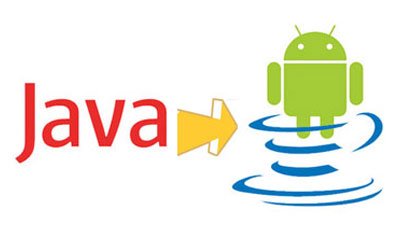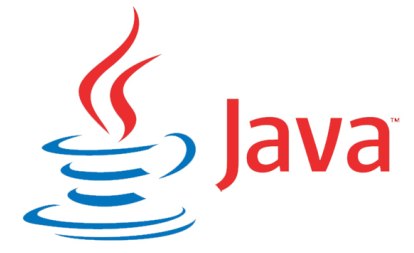
Today I suddenly need to use a Character. When using HashMap
1. Detailed explanation The difference between Character and char methods

## Introduction: Character is a wrapper class for char, just like Integer And int Long and long packaging classes and basic types can be automatically converted. This is a new feature of jdk1.5 (5.0), called automatic sealing and automatic unsealing, that is, int t=10; Integer t1=t; // automatic sealing Integer t=new Integer(10);int t1=t//Automatically unblock
2. java special topic on jdk1.5 thread enhancement

Introduction: 1. The concept of thread pool and the application of the Executors class. After jdk1.5, we can use the Executors class Static method to create a thread pool object //This method is used to create a thread pool object and determine how many thread objects there are in the thread pool through the specified parameters. The object implements the ExecutorService interface 1. public static
3. Details the code sharing used by the Atomic package in Java

Introduction: Introduction Java has provided the java.util.concurrent.atomic package since JDK1.5 to facilitate programmers to perform lock-free atomic operations in a multi-threaded environment. The bottom layer of atomic variables uses the atomic instructions provided by the processor, but different CPU architectures may provide different atomic instructions, and may also require some form of internal lock, so this method cannot absolutely guarantee that the thread will not be blocked. Introduction to the Atomic package There are a total of 12 classes in the Atomic package and four atomic update methods, namely atomic update basic type, atomic update array, atomic update reference and atomic update field. At..
4. java annotation mechanism and its principles

Introduction: Annotations are also called metadata, such as our common @Override and @Deprecated. Annotations are a feature introduced in the JDK1.5 version. They are used to explain the code and can be used to describe packages, classes, and interfaces. , fields, method parameters, local variables, etc. are annotated. Its main functions are as follows:
5. The most complete summary of Java generic programming

Introduction: Java generic programming was introduced after JDK1.5 version. Generics allow programmers to use type abstractions, often within collections. The following is an example without generics:
6. Deploying PHP applications under GAE
Introduction: Deployment on GAE PHP application ? Now GAE has come to java, but unfortunately there is still no news about PHP. But we can use java-based Quercus before google officially supports PHP. Quercus can basically support 100% of the PHP language (requires JDK1.5). Now we start running PHP with GAE: 1) Register for a free GAE account. ?2)? Download this file to your computer (if
7. Windows PHP integrated development and debugging environment preparation
Introduction: Building a Windows PHP integrated development and debugging environment PHP integrated development and debugging environment construction: The software components of the environment are: Apache2.4, PHP5.3 NTS, ZendDebugger, mod_fcgid-2.3.7-win32, Eclipse PHP. JDK1.5, mysql55 ? Mysql55 has been installed since the author used the installation version before. Just talk about how to configure PHP M
8. Windows PHP integrated development and debugging environment preparation
Introduction: Windows PHP Integrated development and debugging environment construction PHP integrated development and debugging environment construction: The software components of the environment are: Apache2.4, PHP5.3 NTS, ZendDebugger, mod_fcgid-2.3.7-win32, Eclipse PHP. JDK1.5, mysql55? mysql55 has been installed because the author used the installation version before. Just talk about how to configure Mysql in PHP.
9. Deploying PHP applications under GAE
Introduction: Deploying PHP applications on GAE ? Now GAE has reached this Java , but unfortunately there is still no news about PHP. But we can use java-based Quercus before google officially supports PHP. Quercus can basically support 100% of the PHP language (requires JDK1.5). Now we start running PHP with GAE: 1) Register a free GAE account. ?2)? Download this file to your computer (if the connection fails
10. Oracle Swingbench stress testing software installation configuration

Introduction: This is developed by an Oracle UK employee on the basis of an abandoned project. The current stable version is 2.2, and the latest version is 2.3. Based on JDK1.5. This tool is free and can be found at
[Related Q&A recommendations]:
java - developing android, which includes jdk?
java - What is the default value of JVM startup parameter-Xmx?
##java - Idea uses jdk1 every time it is compiled. 5
##java - Happen before rule is added in which JDK version, why does jdk1.5 support double check lock?The above is the detailed content of Detailed introduction about jdk1.5. For more information, please follow other related articles on the PHP Chinese website!
 How to set font in css
How to set font in css
 The latest ranking of the top ten exchanges in the currency circle
The latest ranking of the top ten exchanges in the currency circle
 How many types of usb interfaces are there?
How many types of usb interfaces are there?
 Main purpose of file system
Main purpose of file system
 Windows checks port occupancy status
Windows checks port occupancy status
 Is it legal to buy and sell Bitcoin on Huobi.com?
Is it legal to buy and sell Bitcoin on Huobi.com?
 Mac shortcut key list
Mac shortcut key list
 What is an empty array in php
What is an empty array in php




